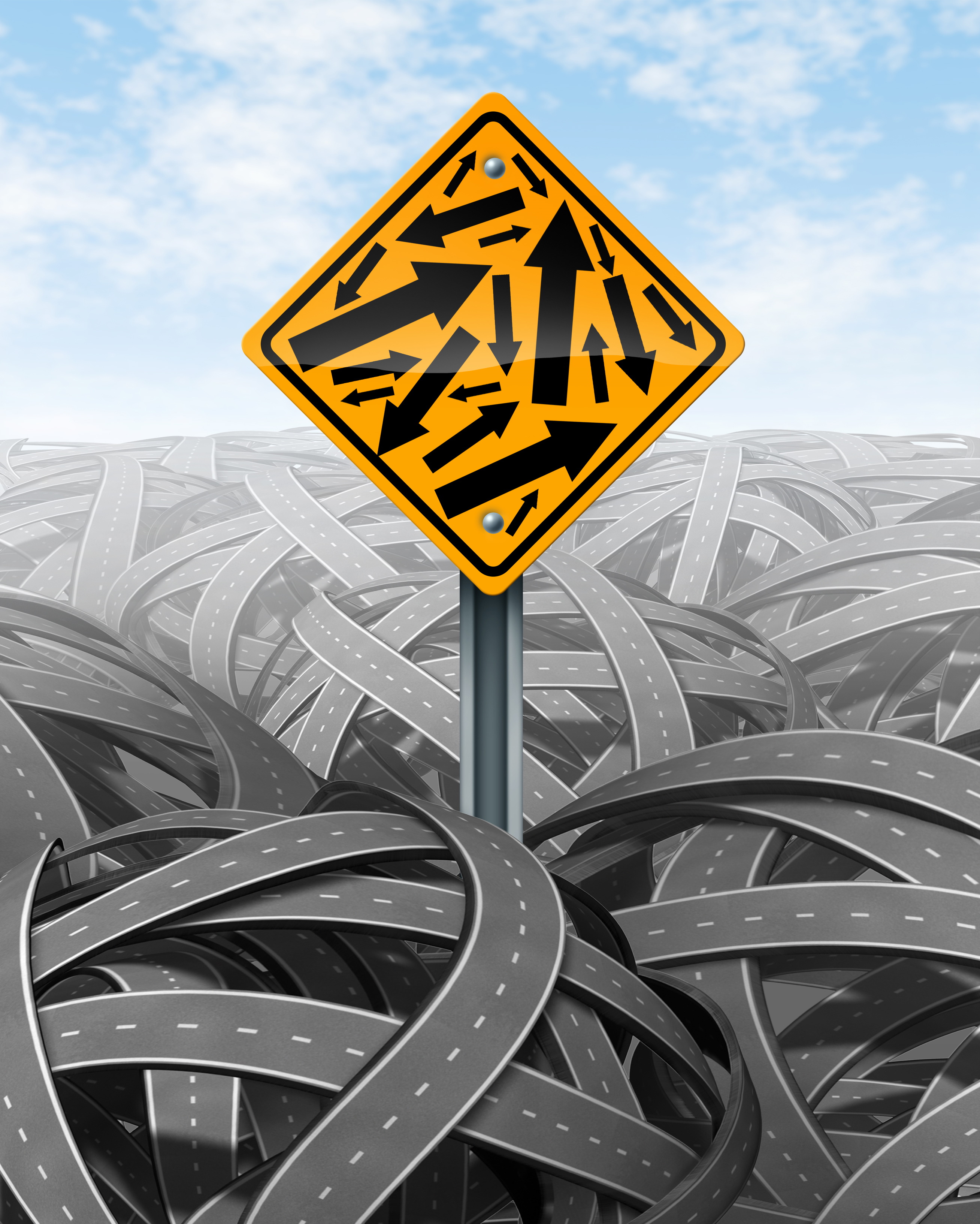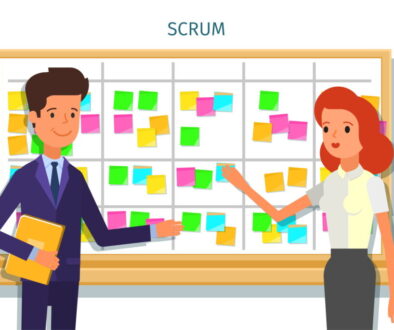Scrum Master Defined
The topic of what a Scrum Master (SM) seems to be pretty hot lately. In some sense this is confusing to me. I haven’t taken a class and obtained CSM yet. That said, everything I can find points to the CSM and PSM, which I did obtain, being equal. Equivalent in function, knowledge, and ideals.
The Scrum Guide from Scrum.org spells out what a SM does. It does it in 291 words that span half of two different pages. My assumption is that the Scrum Alliance has some similar definition of what a SM does. Of course, Scrum is a framework. Much like the frame of a car is not drive-able Scrum will need more than what is defined to truly deliver value.
At the highest level a SM is a servant leader. They need to lead not by strict direction, but by teaching and enabling. Their primary responsibility is to the Scrum Team, focusing on adherence to Scrum theory, practices, and rules. This is also the first place a SM can run into problems. While the SM needs to guide the team in line with the organisations overall goals, If the organisation won’t support the SM in serving the team first there is already a failure state in place. It has to trust that the SM will do what they can to derive the best value possible from the team while keeping the team first.
The SM primarily serves the team through coaching. Coaching in Scrum theory, practices, and principles. Coaching on better ways to create high-value products. Coaching on self-organization and cross-functionality. That isn’t all though. Removing impediments to team progress is just as important. This could be anything from getting a new computer for a team member to heading of the department head when they come by to check on progress. Finally the SM facilitates any Scrum event as required or requested. This is something that many SMs might miss. They are not required to be at every meeting put forth by the Scrum Framework. The most common is the Daily Stand-up. That meeting is for the team. Once the team has it figured out, the SM no longer needs to be there.
The SM facilitates the Product Owner (PO) largely through teaching. The PO is in charge of the backlog. The SM helps the PO know how to do that in the most effective manner possible. The SM helps the PO understand how to manage the product in a n environment where rapid feedback loops are available through frequent inspection and adaptation.
The SM serves the organization in understanding and adopting Scrum properly. When there is more than one SM in the organization they server together. They need to be evangelists for the change in thinking needed for Agile processes. This may be the hardest part of the beginning SM’s job. Often this part of a SM’s job deals with people who are higher in the organizations hierarchy than the SM. When serving the organization Scrum is important, but the principles of Agile are just as important. Scrum is a detailed framework. Most of the organization outside of the Scrum Teams do not need to know the details of Scrum. They do need to understand the theory of Scrum and Agile.
There you go. 291 words summarized in 422, and there is more that can be said on the topic! Sometimes less is not more. I believe the framework of Scrum was never meant as an end destination, but a starting place upon which more could be built.
What is missing in the role of a Scrum Master? CSMs, is there a disconnect between what I’ve learned through the Scrum Guide and what the Scrum Alliance teaches? I’m really interested in the differences as I’m not sure when I’ll be able to get the CSM myself.



